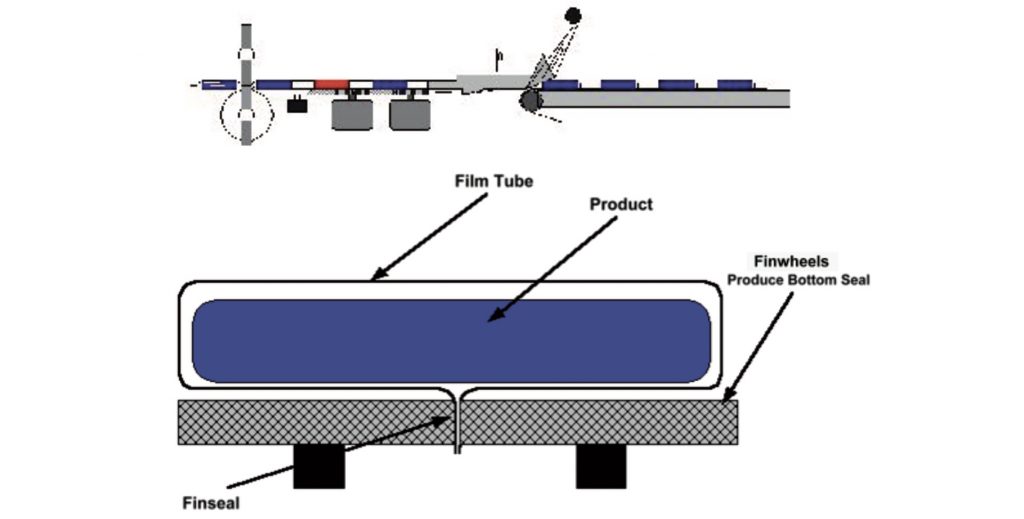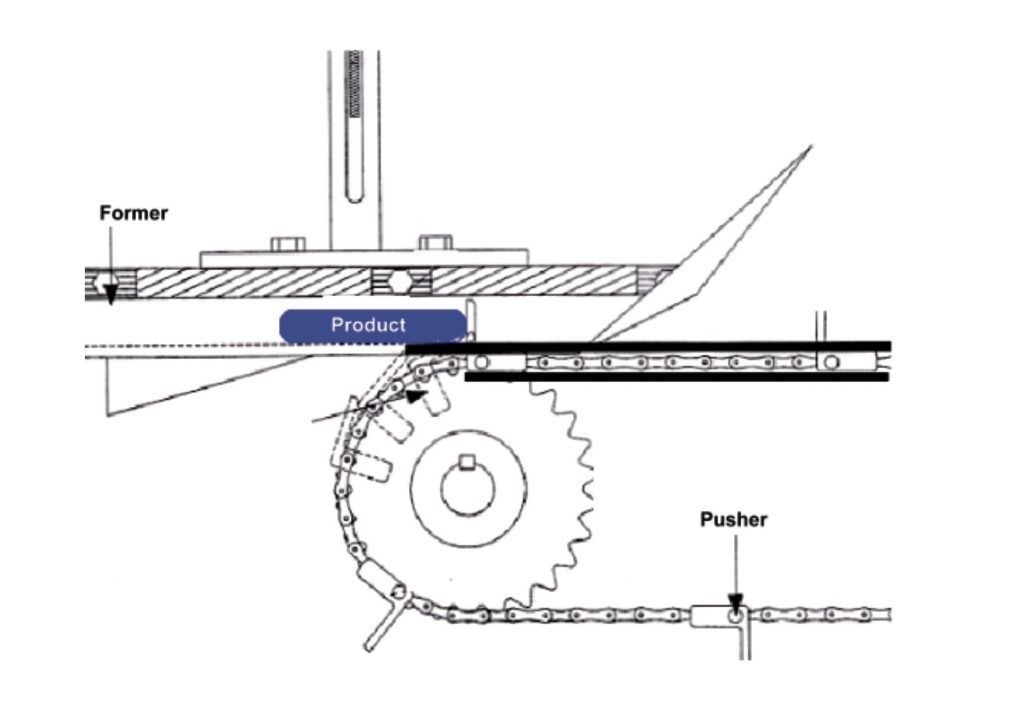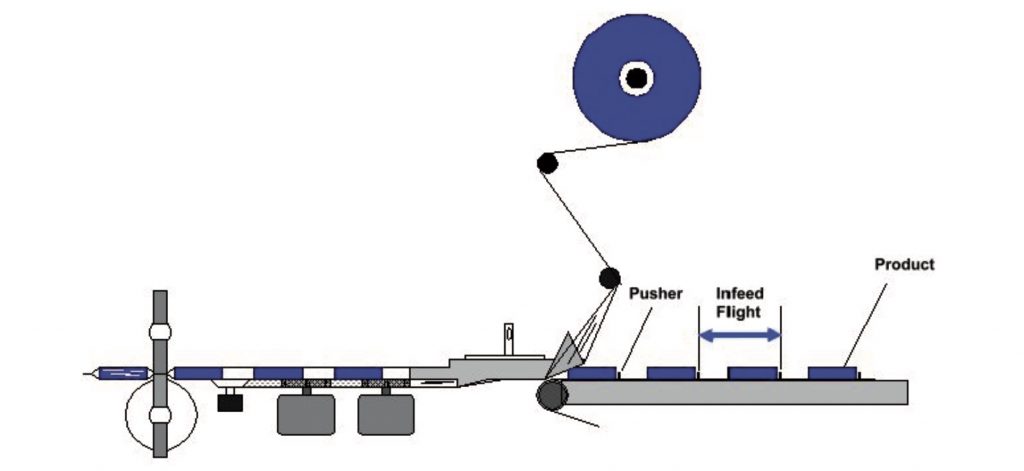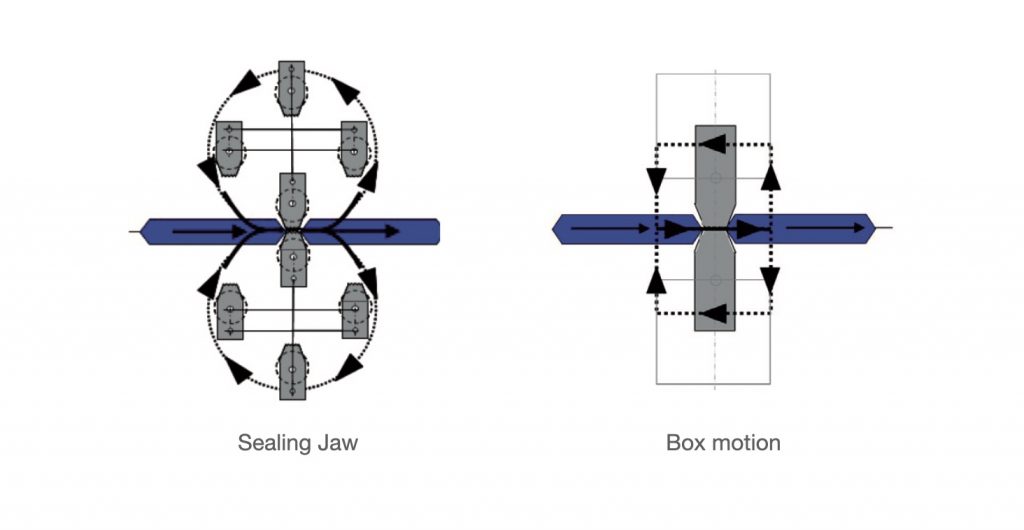Flow packaging is a type of packaging where the product is moved on a packaging line and packaged in a continuous flow of product.
A qualified flow package has aesthetic and sealing properties that protect the product while also having a larger display packaging display area to showcase the company’s sales literature.
This type of packaging is beneficial because it allows more products to be packaged in a shorter period of time. It also helps keep products organized and prevents them from being damaged.
In this blog post, I will discuss the benefits, features, how to generate flow wrap, and the range of applications for flow wrap.
1. How flow wrap works

Flow packaging is a type of automated packaging that uses continuous motion to package a product.
The product is fed into the flow wrap machine on an infeed conveyor belt and is wrapped in the film as it passes through the machine.

The film is then sealed and cut to create individual packages. A flow wrap bag consists of two parts sealing, cross seal from cutting head, and back seal or longitudinal seal from fin seal roller, cross seal is usually produced by cutting the head or sealing jaws, and back seal is usually produced by fin seal roller.
The seal can be a heat seal or a cold seal, this needs to be selected according to the characteristics of the product and the packaging effect you want to achieve, as well as the budget for the packaging film.
2. Who is using flow wrap

Who is using flow wrapping? Flow packaging is most often used by food manufacturers but is also used in other industries such as cosmetics, hardware, and electronics.
Flow packaging equipment varies in size and speed, but all operate on the same basic working principle.
Some of the world’s largest food companies use flow-through packaging, including Nestle, Mars, and Hershey’s.
In fact, flow wrap packaging accounts for more than 50% of all confectionery packaging worldwide.
Flow wrap is also popular in Asia and South America, where it is often used to package fresh products such as fruits and vegetables.
Flow packaging has many benefits over other types of packaging, such as pallet wrapping or box filling.
Flow packs are often more compact and take up less space on store shelves. They are also easier to stack and transport than other types of packaging.
However, flow packaging is not without its drawbacks. Flow wrap machines are expensive, as is the film used in flow wraps.
In addition, flow packs are usually not resealable, which can be a disadvantage if consumers want to save some product for later use.
Overall, flow wrap has become a popular choice for food manufacturers because of its high speed and efficiency.
While it does have some disadvantages, the benefits of flow-through packaging often outweigh the disadvantages.
3. Benefits of Flow Wrap

The benefits of flow packaging included.
– Increased efficiency. Flow packaging is much faster than manual packaging methods, allowing companies to increase production without increasing labor costs.
It can increase production speeds by up to 30% compared to traditional methods such as hand picking or pallet packing.
– Reduces waste. There is very
Flow packaging essentially involves the use of a continuous flow process to package a product.
This process is often used in the food and beverage industry because it can help speed up production time and reduce costs.
– Reduce costs. Flow packaging can also help reduce costs.
It requires less labor than traditional methods, and the film used in flow packaging is often less expensive than other types of packaging materials.
-Improve product quality. Flow packaging can help improve product quality by protecting products from damage during shipping and storage.
This can reduce customer returns and increase sales.
4. Types of flow wrappers

There are two main types of flow wrap machine: horizontal and vertical.
– Horizontal flow wrapper. A horizontal flow wrapper is the most common type of flow wrapper.
They are typically used for products that are not very fragile and do not require a lot of protection. Horizontal flow wrap machine can be intermittent or continuous motion machines.
Among horizontal flow wrap machine, they are divided into box motion flow wrap machine, continuous flow wrap machine, and inverted flow wrap machine, which need to be customized according to different product characteristics and different packaging needs.
– Vertical flow wrap machine. Vertical flow wrapping machines are not as common as horizontal flow wrapping machines, but they have some advantages over horizontal flow wrapping machines.
Vertical flow wrap machine are better suited for products that require more protection, such as fine foods or electronics.
In addition, vertical flow wrap machine take up less space than horizontal flow wrap machine and are easier to operate.
5. How to choose the right flow wrap machine

Each solution is unique and there is no standard answer to this question, but there are a few points that must be noted when purchasing a flow wrap machine
-Choose a professional supplier
When you meet a professional supplier, you are halfway there, because they have a lot of experience and will tailor the most suitable solution to your needs, which usually requires some luck
-Define your needs and budget
If you are starting out and only need low-speed packaging needs and are more concerned about your budget, then an entry-level manually fed l feeding system flow wrapping machine is your best choice.
If your company is already a growing business and needs high speed for larger quantities, then this is the time I would recommend that you purchase a fully automated flow wrapping machine to maximize your production efficiency.
-Start communicating in advance
The manufacturing and shipping of the flow wrapping machine, as well as the preliminary communication will take a lot of time, especially during an epidemic.
I would recommend that you start communicating with your supplier months in advance about the needs and details of the project, because during an epidemic, many factors change, production time, shipping time, shipping prices, etc.
Starting to communicate months in advance will significantly reduce the risk of project delays.


